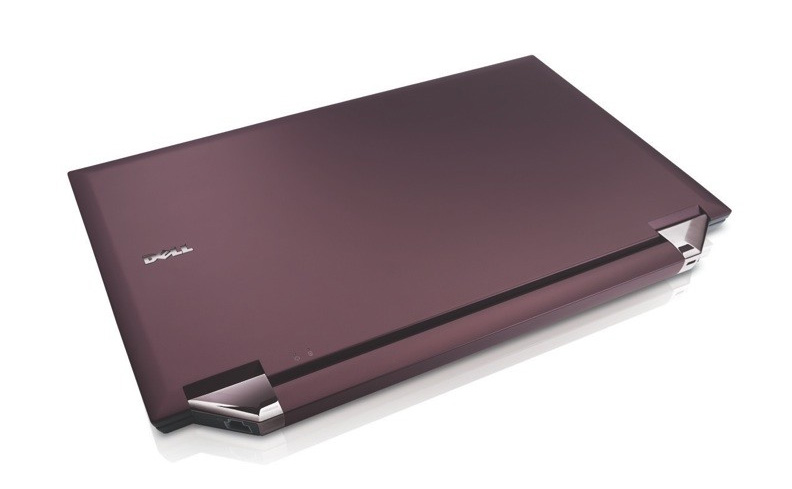
Nokia, the world’s largest mobile phone maker, is declaring victory after the English High Court ruled that most of the patents held by wireless firm InterDigital aren’t essential for mobile operators who want to offer UMTS 3G wireless data services. However, the court did not through out all of InterDigital’s patent claims, ruling that one of the company’s patents is essential to UMTS WCDMA phone standard used in Europe, effectively leaving InterDigital with two patents (Nokia withdrew its challenge on another) that are “essential” to the 3G phone standard supported by the European Telecommunications Standards Institute.
The patents in the case all relate to power control, both in handsets and base stations. The court plans a hearing on the remaining InterDigital patent, and Nokia could be found to have infringed on it. Nonetheless, the Finland company was ebullient about the court’s decision: “The result is an extremely favorable outcome for Nokia and other industry participants,” Nokia said in a statement.
Nokia filed the suit against InterDigital in mid-2005, pro-actively asking the High Court to rule that more than 30 InterDigital patents were not essential to the UMTS standard. Earlier this year, InterDigital complained the the U.S. International Trade Commission that Nokia was infringing on its patents in certain handsets and products; the company also filed a complaint about products from Samsung Electronics.
InterDigital vows to keep asserting its patents. “We are pleased to receive a ruling that the ‘610 patent is essential to the UMTS WCDMA standard,” said InterDigital’s chief legal officer Lawrence F. Shay, in a statement. “Indeed, we believe this is the first ruling by a court of law finding any patent to be essential to the 3G standard. While we believe our patent portfolio includes a number of patents and patent applications that are or may become essential to the UMTS WCDMA standard, having a Court confirm our position on the ‘610 patent after a long and thorough litigation, and coupled with Nokia’s withdrawal of its challenge against another of our patents, provides added strength to our licensing program.”
Either party can appeal the High Court’s ruling.
Editors' Recommendations
- Apple, Goldman Sachs credit card partnership to end, report claims
- I used an iPhone case that claims to improve battery life. Here’s what happened
- Former ByteDance exec claims China had access to TikTok data
- Apple building an AI health coach for Apple Watch, report claims
- Why Nokia made an Android phone it wants you to tear apart


